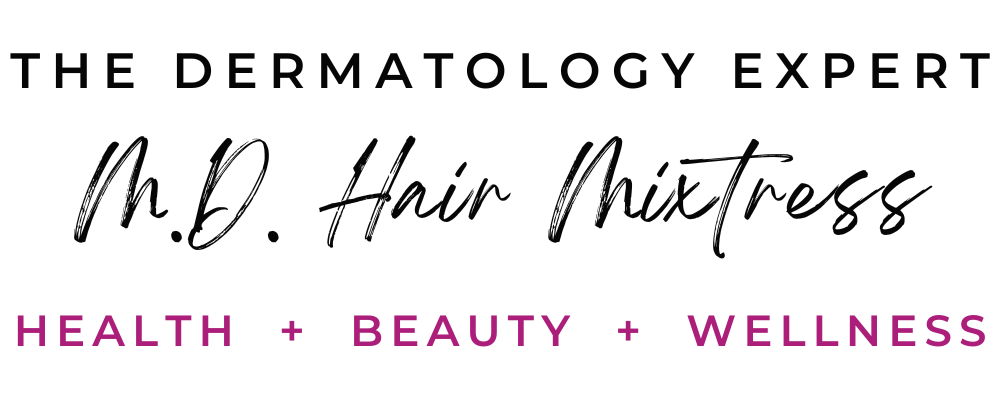Waking up to a pimple is no fun, especially if it’s large, painful and deep. Underground, cystic pimples can not only be painful and annoying, but also highly embarrassing, especially if they pop up on an obvious area of your face.
Acne is a very common condition. In fact, according to the American Academy of Dermatology, acne is the most common of all skin conditions, and it can affect up to 50 million Americans every year. So, if you’ve got acne, and the deep, cystic and painful pimples that can come with it, you’re definitely not alone.
If you’re experiencing a deep painful pimple, don’t panic. Here are some dermatologist-approved steps that you can take to help shrink a painful pimple, reduce inflammation, and get your skin on the road to healing.
How to Treat a Painful, Deep Pimple
It’s important to keep in mind that there is really no miracle cure for acne, and as a rule, acne can’t be cured overnight. However, there are steps that you can take to help decrease the swelling, redness and discomfort that can come with deep, painful pimples.
1. Don’t squeeze, pop or pick at your pimples.
No matter how tempting it may be, don’t do it. Picking or popping pimples can actually lead to more irritation and inflammation. Besides that, it might increase your risk of scarring or developing unsightly dark spots.
2. Use a mild and fragrance-free cleanser.
Before treating your skin, be sure to wash it with mild and fragrance-free cleanser. Cetaphil and Cerave are two good brands to look at for gentle facial cleansers. Also, be very gentle with your skin. Don’t scrub at or loofah your skin, as this will only increase inflammation.
3. Use a cold compress.
If you have a new pimple that is swollen or tender, a cold compress can help bring down swelling and discomfort. Wrap an ice cube in a paper towel and apply it to the pimple for 5-10 minutes. You can repeat these compresses two more times, but be sure to take a 10-minute break between icing.
4. Use a spot treatment.
Spot treatments can help reduce inflammation from deep painful pimples. Look for products that contain benzoyl peroxide. Benzoyl peroxide helps kill the bacteria associated with acne, decreases inflammation, and helps the pores shed dead skin cells. A good spot treatment to try is Proactiv Emergency Blemish Relief. Be aware that Benzoyl peroxides can cause irritation in some people and it’s important to use a spot treatment exactly as directed. Also, benzoyl peroxide products typically range from 2% to 10%. Higher percentages may be more irritating or drying. They can also bleach fabrics, so keep benzoyl peroxide away from your towels and clothing.
5. Use a warm compress to encourage drainage.
When a whitehead begins to form, warm compresses will help the pimple to drain and release its pressure. To make a warm compress, soak a clean washcloth in hot water. (Caution: Make sure the water isn’t too hot so that you don’t burn your skin!) Then, apply the warm compress to your pimple for 10 to 15 minutes. You can do these three to four times daily until the pimple has drained and is healing.
6. Say no to toothpaste on your skin.
Don’t apply toothpaste to your pimples. No matter what you might read on the internet, stay away from this supposed remedy. Toothpaste might irritate your skin, and this might make you more likely to have a dark spot that will be with you long, long after the acne is gone.
7. Get a cortisone injection.
If you need a quicker fix, a dermatologist can inject a small amount of cortisone into a tender painful pimple. This typically helps improve the pimple in hours to days.
Remember to always use noncomedogenic and oil free cosmetics, cleansers and sunscreens. They’ll be less likely to clog your pores and lead to painful, tender pimples. If you find that you’re getting lots of pimples, or your at home treatment is not working, it’s important to visit a dermatologist. There are many prescription treatments that can help treat your acne such as antibiotics and retinoids.


